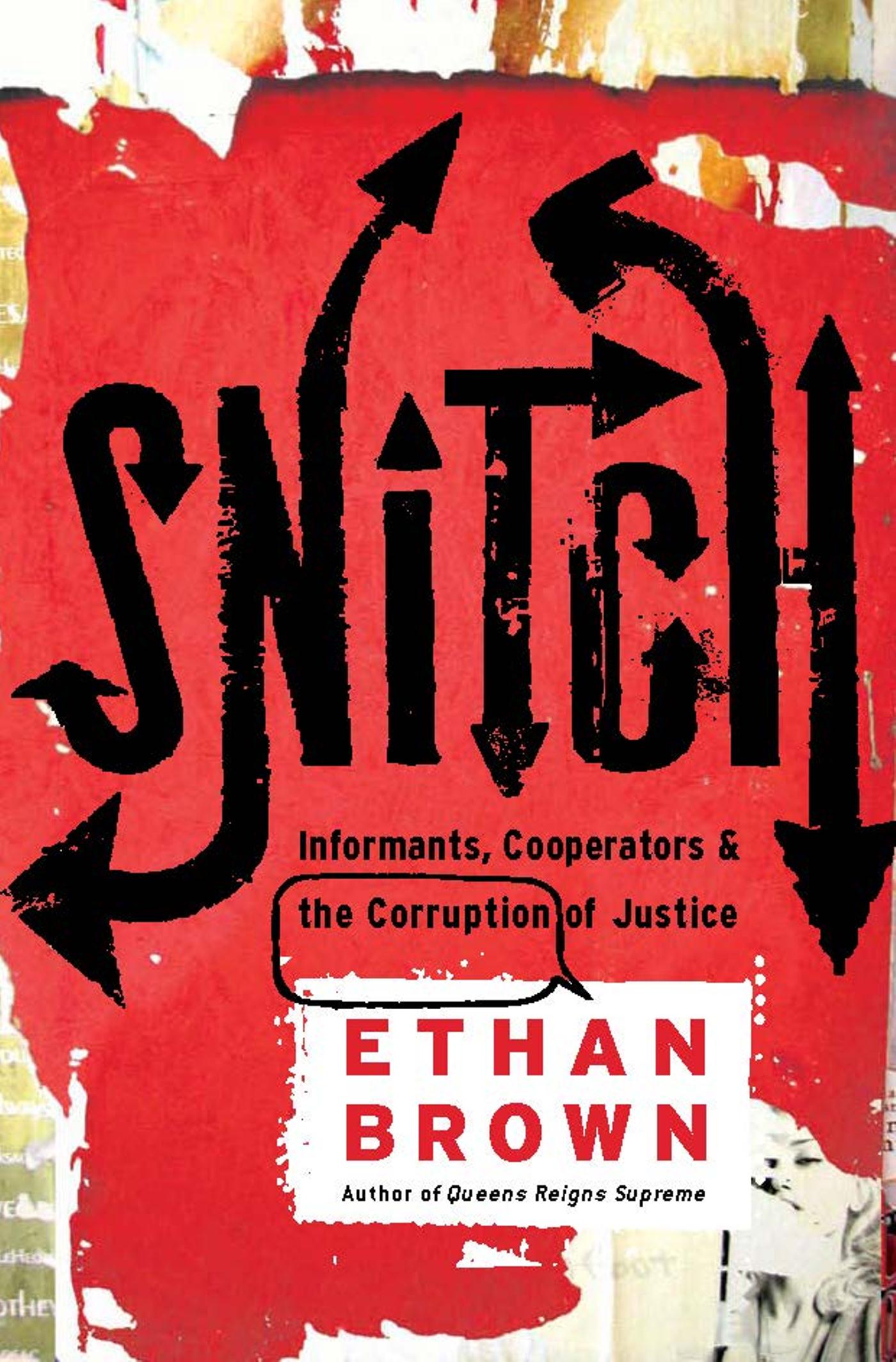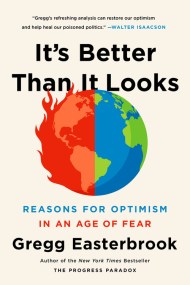Promotion
Use code MOM24 for 20% off site wide + free shipping over $45
Snitch
Informants, Cooperators & the Corruption of Justice
Contributors
By Ethan Brown
Formats and Prices
Price
$17.99Price
$22.99 CADFormat
Format:
ebook $17.99 $22.99 CADThis item is a preorder. Your payment method will be charged immediately, and the product is expected to ship on or around December 10, 2007. This date is subject to change due to shipping delays beyond our control.
Also available from:
This cooperator-coddling criminal justice system has ignited the infamous “Stop Snitching” movement in urban neighborhoods, deplored by everyone from the NAACP to the mayor of Boston for encouraging witness intimidation. But as Snitch shows, the movement is actually a cry against the harsh sentencing guidelines for drug-related crimes, and a call for hustlers to return to “old school” street values, like: do the crime, do the time. Combining deep knowledge of the criminal justice system with frontline true crime reporting, Snitch is a shocking and brutally troubling report about the state of American justice when it’s no longer clear who are the good guys and who are the bad.
Genre:
- On Sale
- Dec 10, 2007
- Page Count
- 336 pages
- Publisher
- PublicAffairs
- ISBN-13
- 9781586486334
Newsletter Signup
By clicking ‘Sign Up,’ I acknowledge that I have read and agree to Hachette Book Group’s Privacy Policy and Terms of Use







